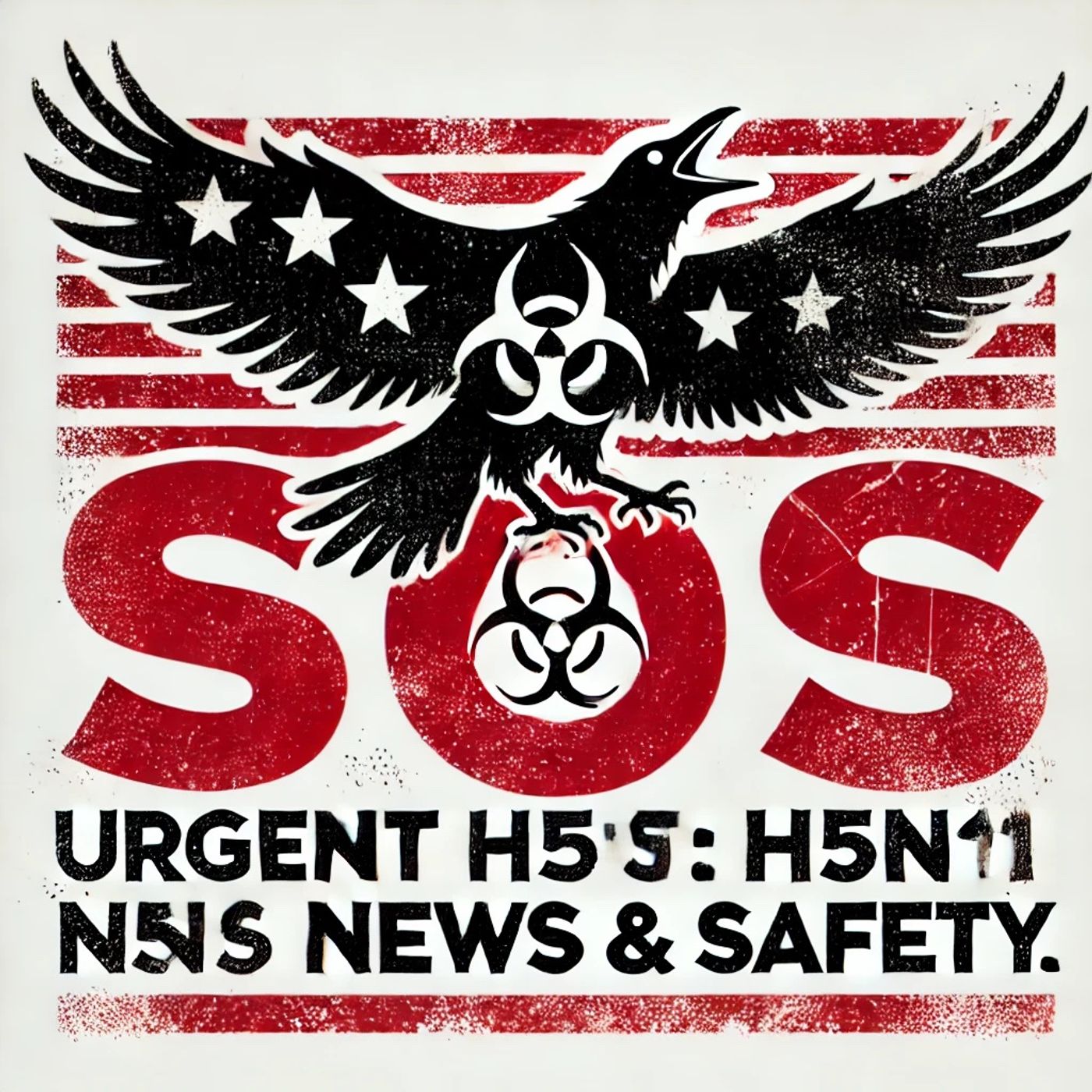Podcast Episode Details
Back to Podcast Episodes
Breaking California Dairy Herds Face H5N1 Resurgence 43 Herds Reinfected Amid Ongoing Bird Flu Pandemic Concerns
This is Bird Flu SOS: Urgent H5N1 News & Safety – a Quiet Please production. It’s August 13, 2025, and today’s briefing centers on a critical development. Just confirmed by the California Department of Food and Agriculture: 43 dairy herds in California have tested positive for H5N1 bird flu – not for the first time, but after having been cleared and released from quarantine. These are reinfections in previously impacted herds; the situation is evolving rapidly, with state-wide monitoring in place. The ban on all poultry and dairy cattle exhibitions remains, as precautionary containment steps ramp up.
This alarming uptick in reinfections comes as H5N1 continues its unpredictable spread—not just among birds, but farm animals and, in rare cases, humans. Since January, the CDC has tracked 26 new human cases of H5N1 globally, including 11 deaths in Cambodia, India, and Mexico – the majority linked to direct contact with sick or dead poultry. In Cambodia alone, health officials report 12 human cases in just two months. The World Health Organization and CDC both stress that the public health risk remains low in the United States as of now, but emphasize the severe risk to those who handle infected animals.
Dr. Sarah Bevins of the USDA’s National Wildlife Disease Program explains, “This H5N1 strain’s ability to reappear in previously cleared dairy herds highlights its persistence and the urgent need to follow biosecurity measures at all levels – farm, market, and home.” According to Erik Karlsson, PhD, of Cambodia’s National Influenza Center, “Case fatality rates remain extremely high where human infections occur,” underlining the dangers posed by direct exposure.
Here’s what you must do immediately if you’re in or near affected regions:
- Avoid all contact with sick or dead birds and mammals. Do not touch, move, or dispose of them yourself.
- If you work in or near dairies, farms, or poultry facilities, follow all onsite biosecurity instructions without exception. Personal protective equipment is vital.
- Wash your hands thoroughly after any possible exposure to animals or uncooked products like raw milk.
- Keep pet birds and livestock away from wild birds whenever possible.
Look out for these warning signs in yourself or others:
- Sudden high fever
- Severe respiratory issues or difficulty breathing
- Red or swollen eyes, especially after animal or farm exposures
If you or a family member experience these symptoms and have had contact with sick animals or birds, seek medical help immediately and inform health professionals about your exposure. In California, report suspected animal outbreaks to the Animal Health hotline at 1-866-922-2473.
Reliable updates and assistance can be found via the CDC website and local public health departments. USDA’s APHIS site publishes current animal outbreak data. Stay informed and vigilant – the key to containing H5N1 is rapid detection and action.
Remember, bird flu is not transmitted easily from person to person, and routine precautions massively lower risk. Experts urge calm, but caution: The situation can shift, so remain alert – not alarmed.
Thank you for tuning in to Bird Flu SOS. Come back next week for more urgent updates. This has been a Quiet Please production. For more, check out QuietPlease.ai. Stay safe, stay prepared.
For more http://www.quietplease.ai
Get the best deals https://amzn.to/3ODvOta
Published on 1 week, 3 days ago